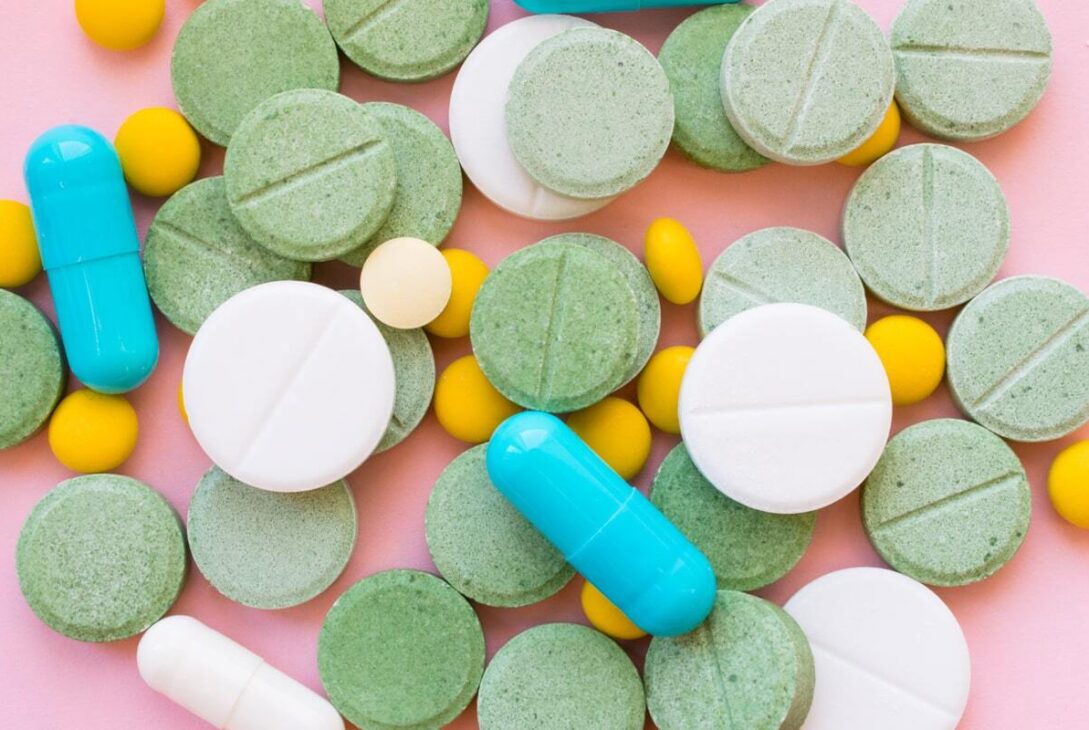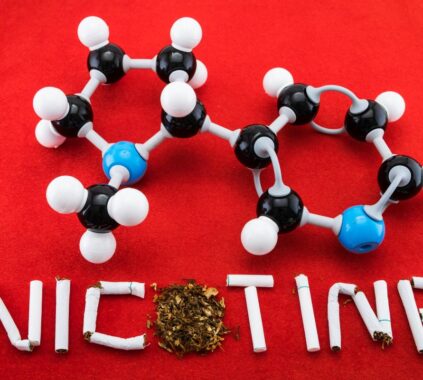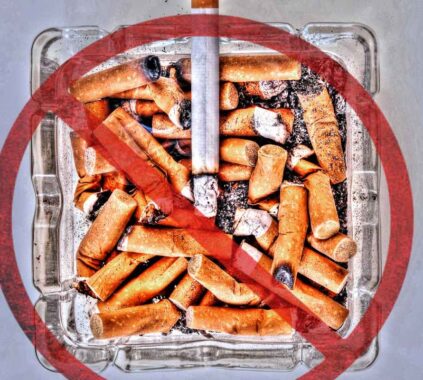In 2023, the opioid problem remains a significant public health concern. Overdose deaths from opioids have increased in recent years, claiming thousands of lives and affecting countless families and communities. However, there is hope amid this dire situation: overdose prevention techniques effectively lower fatalities and save lives. This comprehensive handbook sheds light on the most recent breakthroughs in opioid overdose prevention, from comprehending the epidemic to putting life-saving strategies in place.
Recognizing the Opioid Crisis
The opioid crisis is a complex issue with deep roots. It began with overprescribing prescription opioids, which led to widespread overuse and addiction. Individuals addicted to prescription opioids frequently transitioned to cheaper and more potent illegal opioids, such as heroin and fentanyl, worsening the issue.
The Shocking Number of Opioid Overdoses
The devastation caused by opioid overdoses cannot be understated. Over 70,000 opioid overdose deaths were documented in the United States alone in 2022, according to the Centres for Disease Control and Prevention (CDC), and similar patterns have been observed in many other nations. These startling figures highlight the critical need for effective preventative strategies.
Identifying Populations at High Risk
Understanding the demographics and groups most vulnerable to opioid overdose is critical for focusing preventative efforts. Individuals with a history of substance use disorders, those who use various substances concurrently, and those recently released from incarceration are especially vulnerable. People with previous non-fatal overdoses are also at a higher risk and require specialized care.
Recognizing Opioid Overdose Symptoms
Recognizing the symptoms of an opioid overdose is the first step in saving someone’s life. Slow or shallow breathing, bluish lips or fingertips, unresponsiveness, and pinpoint pupils are common signs. If you suspect an overdose, you must act quickly to avoid disastrous outcomes.
Naloxone: A Reversible Antidote
Naloxone, also known as Narcan, is essential for reversing opioid overdoses. It is an opioid antagonist that effectively restores normal respiration and consciousness by swiftly displacing opioids from brain receptors. Naloxone is available in various forms, including nasal sprays and injectable auto-injectors, making it accessible to those without medical training.
Making Naloxone Available
Expanding access to naloxone is a significant goal for public health and community organizations in 2023. Efforts are being undertaken to make naloxone available without a prescription in pharmacies and to distribute it for free in high-risk locations. Additionally, providing naloxone training to opioid users, their friends, and family members helps them respond promptly in an overdose emergency.
Safe Consumption Areas
Safe consumption places, often known as supervised injection sites, are contentious yet potentially harmful harm reduction strategies. These facilities provide a safe environment where people can ingest medications under medical supervision. In addition to minimizing overdose deaths, safe consumption sites offer opportunities for counseling, treatment referrals, and connection to other vital resources.
Medication-Assisted Therapy (MAT)
Medication-Assisted Treatment (MAT) is a treatment that combines behavioral therapy with FDA-approved drugs such as methadone, buprenorphine, and naltrexone. MAT has been shown to reduce opiate usage, overdose risk, and criminal behavior while enhancing general health and social functioning. Access to MAT programs must be expanded to confront the opioid crisis.
Education and Public Awareness
Public education and awareness efforts are critical in the prevention of opioid overdoses. Raising knowledge about the dangers of opioid usage, overdose symptoms, and the availability of naloxone can assist to de-stigmatize addiction and encourage people to seek help. Schools, healthcare institutions, and community organizations are critical in communicating opioid safety information.
Overcoming Stigma
The Stigma associated with addiction and substance use disorders can impede effective prevention and treatment. Addressing and combating Stigma is critical for encouraging people to seek treatment without fear of being judged or discriminated against. Empathy, compassion, and supportive environments can make all the difference for addiction patients.
Conclusion
In 2023, the opioid issue remains a significant concern, but advanced overdose prevention strategies provide promise for a better future. We can save many lives by comprehending the situation, recognizing the indications of overdose, and implementing life-saving actions such as naloxone distribution and safe consumption locations. Combining these techniques with increased access to Medication-Assisted Treatment and extensive public education will help to achieve the long-term aim of reducing opioid-related deaths. As a society, we can work together to battle the opioid problem and save lives.
Last modified: August 25, 2023






